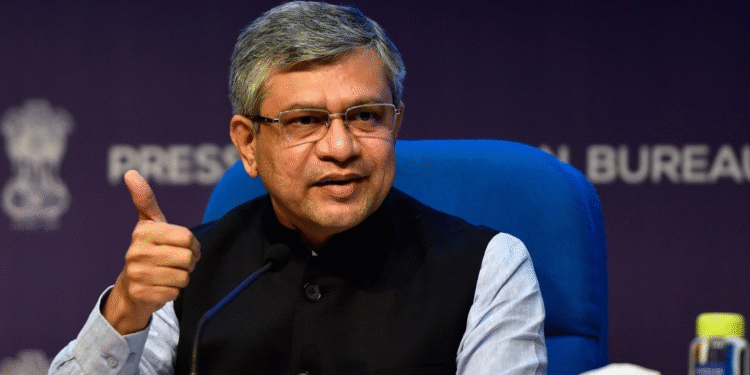Pune: Union Railway Minister Ashwini Vaishnaw announced that the alignment for the Pune-Nashik semi-high-speed rail corridor has been revised to avoid interference with the Giant Metrewave Radio Telescope (GMRT), a globally significant scientific facility. The project now awaits final approval from the Maharashtra government before proceeding.
The GMRT, located in Khodad village near Narayangaon, is a premier global radio observatory. Concerns were raised by researchers over potential disruptions following the in-principle approval of the Pune-Nashik rail project, prompting the Ministry of Railways to revise the route. Vaishnaw emphasized that the GMRT’s operations would remain unaffected by the railway project, and both the observatory’s functioning and the rail project would proceed as planned.
In addition to the realignment, Vaishnaw outlined significant upgrades to Pune’s railway infrastructure. Plans include the redevelopment of Pune Junction, Hadapsar, Khadki, Shivajinagar, Alandi, and Uruli stations. A new terminal at Uruli Kanchan will handle maintenance and repair activities, allowing Pune Railway Station to focus on train arrivals and departures. This strategic shift is expected to improve train operations, increase service frequency, and benefit passengers without disrupting the station’s development.
Vaishnaw also addressed the chronic congestion at Pune Junction, acknowledging land constraints and directing railway officials to carry out a detailed feasibility study. He proposed incorporating Japanese-style digital traffic control systems similar to those used at Tokyo station to improve efficiency. “Pune is a major city but lacks sufficient platforms. We must improve facilities for passengers,” he said.
Furthermore, Vaishnaw highlighted the government’s commitment to enhancing railway infrastructure in Maharashtra. He stated that while only ₹1,171 crore was allocated to Maharashtra railways earlier, the current administration has sanctioned ₹23,778 crore for rail development, with ₹1.73 lakh crore set aside for broader development projects in the state.
These developments underscore the government’s focus on balancing scientific preservation with infrastructural advancement, ensuring that critical research facilities like the GMRT remain protected while pursuing ambitious transportation projects.

















